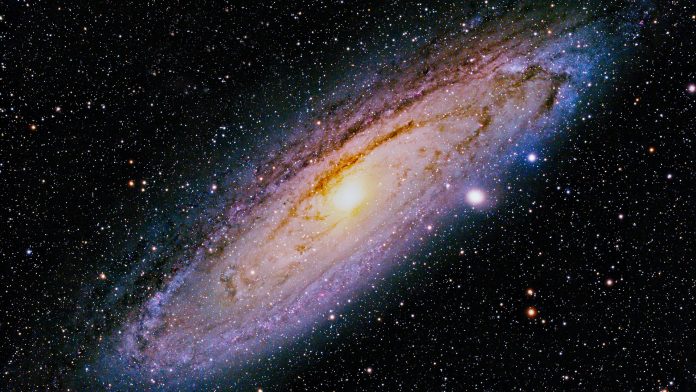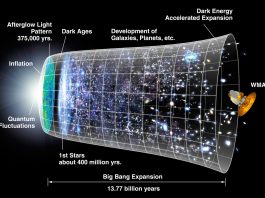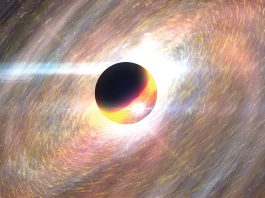A team of astronomers have created the most detailed catalogue of the stars in the Milky Way to date, furthering our understanding of the origin of the galaxy.
Led by the University of Cambridge, UK, the team analysed measurements of stellar positions, movement, brightness, and colours from the European Space Agency’s Gaia space observatory to create a catalogue of the stars in the Milky Way.
Launched in 2013, Gaia operates in an orbit around the Lagrange 2 (L2) point, located 1.5 million kilometres behind the Earth, away from the Sun. At L2 the gravitational forces between the Earth and Sun are balanced, so the spacecraft stays in a stable position, allowing long-term unobstructed views of space.
Two previous studies revealed the positions of 1.6 billion stars. Recent findings from the Gaia space observatory indicate that the total number of stars in the galaxy is just under 2 billion stars. The new data includes exceptionally accurate measurements of the 300,000 stars within the closest 326 light years to the Sun. The researchers use these data to predict how the star background will change in the next 1.6 million years. They also confirm that the Solar system is accelerating in its orbit around the Galaxy.
This acceleration is gentle and is from a system in a circular orbit. Over a year the Sun accelerates towards the centre of the Galaxy by 7mm per second, compared with its speed along its orbit of about 230 kilometres a second.
Dr Floor van Leeuwen of Cambridge’s Institute of Astronomy said: “Gaia is measuring the distances of hundreds of millions of objects that are many thousands of light years away, at an accuracy equivalent to measuring the thickness of hair at a distance of more than 2000 kilometres. These data are one of the backbones of astrophysics, allowing us to forensically analyse our stellar neighbourhood, and tackle crucial questions about the origin and future of our Galaxy.”
Gaia data additionally deconstruct the two largest companion galaxies to the Milky Way, the Small and Large Magellanic Clouds, allowing researchers to see their different stellar populations. A dramatic visualisation shows these subsets, and the bridge of stars between the two systems.









